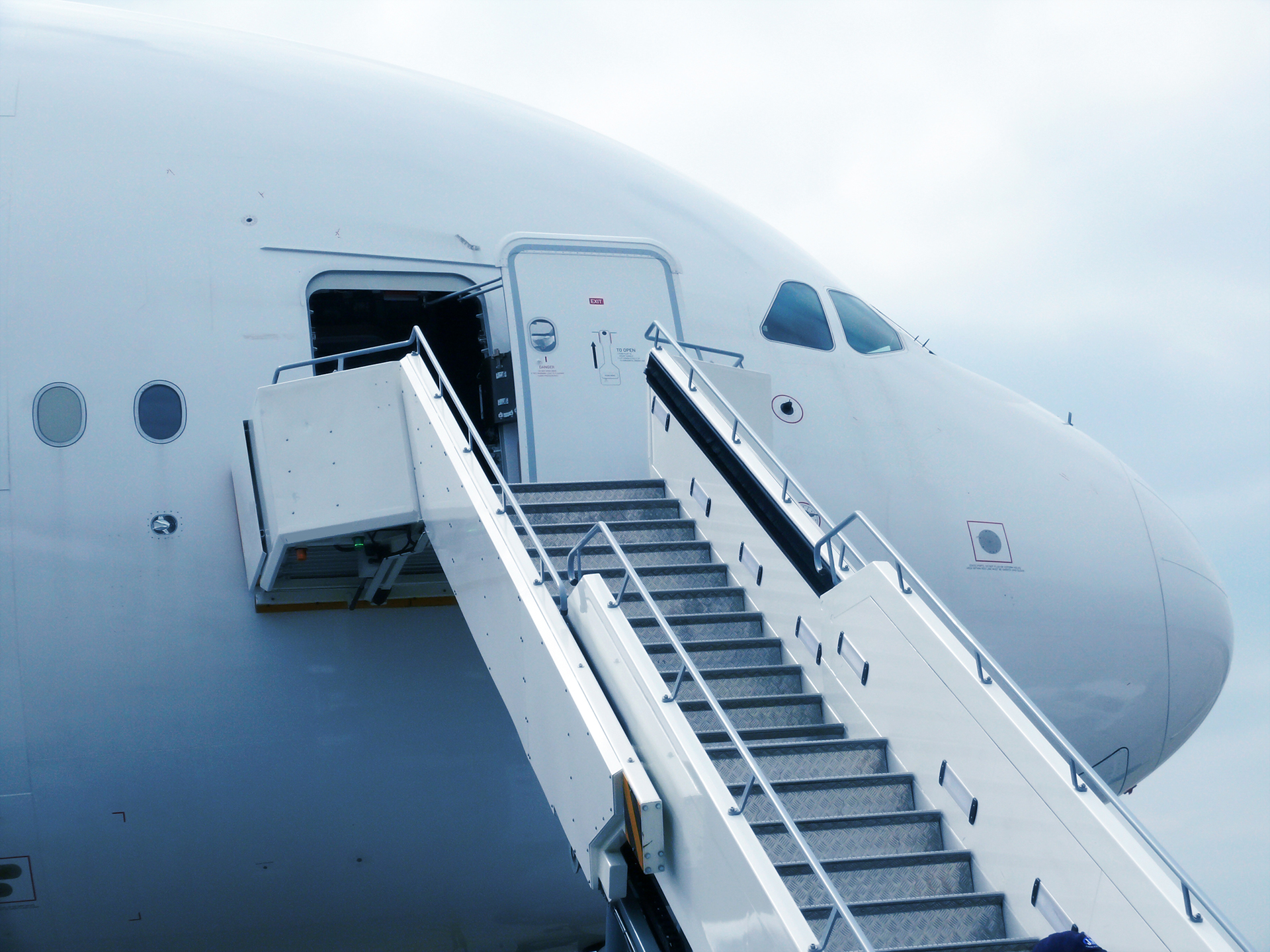The International Air Transport Association (IATA) and the Association of International Air Transport Companies operating in Peru (AETAI), expressed their renewed concerns regarding the challenges faced by the sector in Peru, including the planned opening of the new terminal at Jorge Chávez International Airport (AIJCH).
These matters were highlighted by industry representatives during a meeting with the Prime Minister,
the Minister of Transportation and Communications and the Minister of Foreign Trade and Tourism
that took place after Lima Airport was forced into a temporary shutdown due to a runway lighting
outage. With this background, and the fact that operations at the new airport terminal are to begin in a
few months, authorities were again asked to prioritize air transport as a State policy, focusing in
particular on the operation of AIJCH and the potential increase in airport fees, which would be
detrimental for users and competitiveness.
Ensuring a successful transfer of operations to the new terminal needs to be the top priority of all
stakeholders in the project. Hence the industry’s opposition to the proposed opening date of 18
December 2024, which falls just at the beginning of the peak end of year holiday travel season.
«It is counterproductive for Lima Airport Partners to select a date so close to a peak travel season.
Handling such a high volume in a new operating environment poses a variety of risks, hindering
airlines from being able to provide the best experience for their customers,» commented Carlos
Gutiérrez, General Manager of AETAI.
The operation of the new terminal in 2024 will entail an increase in user costs, both for passengers
and airlines. We therefore ask that the mistakes of past administrations, which only benefited Lima
Airport Partners (LAP), be corrected within the framework of the current negotiations of the eighth
addendum to the concession contract.
A three-fold increase in rent for essential facilities, such as operational offices or check-in counters,
has already been proposed. Further rise in costs could come as early as 2027, when, based on the
economic model of its concession contract, LAP will begin to recover the nearly US$ 2 billion
investment through airport service fees paid by passengers and airlines. Even the entry into operation
of the new airport in 2024 could generate an additional increase in charges and fees.
Therefore, the authorities should reconsider the percentage which LAP needs to pay to the State,
which currently sits at 46.511% of its total gross income. For the benefit of all, a new analysis of the
economic-financial impact of the concession needs to be carried out.
Similarly, the transit passengers fee which LAP was granted back in 2015 for the new terminal should
be reversed, since, in addition to increasing prices to travelers, it will reduce the competitiveness of
the airport, versus other hubs in the region such as El Dorado in Bogota or Tocumen in Panama City.
It is important to keep in mind that, unlike most Latin American countries, commercial aviation in Peru
has not yet recovered from the crisis that started with the pandemic (during which it did not receive
any kind of aid) and continued with the social and political conflicts, finding itself at -4.9% with respect
to the level of connectivity it had in 2019. By contrast, Colombia, the Dominican Republic and Mexico
already surpassed their 2019 traffic levels.
«Given the importance of tourism and air connectivity for Peru, the government must make air
transport a priority, in turn supporting the socioeconomic development of the country and its
population. What we have experienced and continue to experience with the expansion of Lima airport
– 15 years of delay that has already distorted prices, lack of coordination and transparency, along with
a possible substantial increase in fares – is something that cannot continue. Nevertheless, the
industry will always remain committed to working collaboratively with all stakeholders, but the needs
of the sector must be taken into account, especially if the goal is to provide the best possible
experience for both travelers and freight forwarders,» concluded Peter Cerdá, IATA Vice President for
the Americas.



